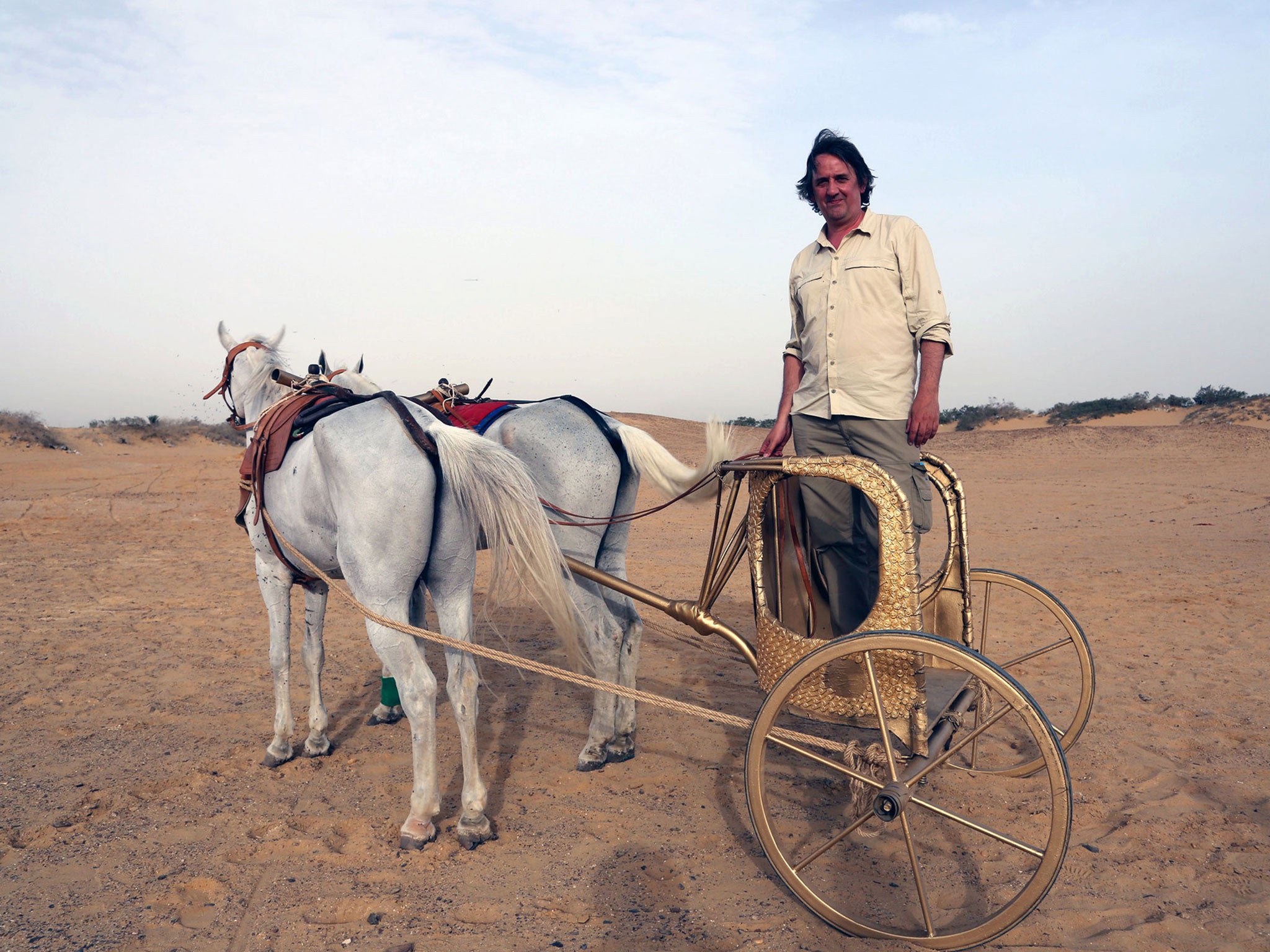Tutankhamun: The Truth Uncovered, BBC1, review: Not much of a historical hunk
Yet another attempt to solve 'one of Egypt’s most enduring mysteries'

Your support helps us to tell the story
From reproductive rights to climate change to Big Tech, The Independent is on the ground when the story is developing. Whether it's investigating the financials of Elon Musk's pro-Trump PAC or producing our latest documentary, 'The A Word', which shines a light on the American women fighting for reproductive rights, we know how important it is to parse out the facts from the messaging.
At such a critical moment in US history, we need reporters on the ground. Your donation allows us to keep sending journalists to speak to both sides of the story.
The Independent is trusted by Americans across the entire political spectrum. And unlike many other quality news outlets, we choose not to lock Americans out of our reporting and analysis with paywalls. We believe quality journalism should be available to everyone, paid for by those who can afford it.
Your support makes all the difference.You know that beautiful symmetrical golden burial mask of Tutankhamun? The one the whole world associates with the 18th-dynasty Pharaoh? Let’s just say it’s very flattering. The real King Tut – or at least the real King Tut as re-created by imaging software for Tutankhamun: The Truth Uncovered (Sun BBC1) – was buck-toothed and club-footed with womanly hips and sizable moobs. Not much of a historical hunk, then.
Dallas Campbell’s documentary was (yet another) attempt to solve “one of Egypt’s most enduring mysteries”, that is the cause of Tutankhamun’s early death aged 19 or so, circa 1323 BC. It had one flashy new theory, withheld until the very end of the programme, plus several older ones, all of which were presented with an inappropriate amount of fanfare. It’s fairly well known, for instance, that Ancient Egyptian royalty liked to keep it in the family, so who would be surprised to learn that Tutankhamun’s parents had been brother and sister. Disgusted, yes. Surprised, no.
More intriguing was King Tut’s modest tomb. While most ancient burial sites had been well and truly ransacked by the time the 20th-century Egyptologists got to them, in 1922 Howard Carter discovered Tut’s almost untouched. The mould over the wall decorations suggests the paint was still wet when the tomb was first closed. This, plus its small size and jumbled treasures, suggested to some that the burial was rushed or perhaps controversial in some way. Could it be that – gasp! – King Tut was murdered?
Slipping effortlessly into the role of Grissom on “CSI: Ancient Egypt”, Campbell attended a virtual autopsy of Tut’s 3,000 year-old corpse, before manfully riding a horse-drawn chariot through the desert. Ostensibly, the aim of this latter activity was to test the theory that Tutankhamun’s was thrown from a chariot before death, but as the scientific value was negligible, we must assume it was chiefly an opportunity to pose for some cool Instagram pics.
Campbell, Professor Zink and co. eventually moved off the murder theory and on to a brand new one: King Tut had inherited a form of epilepsy from his incestuous ancestors. As this theory made no attempt to explain the unusual aspects of the tomb, it was not persuasive. Instead, this documentary’s legacy will no doubt be the gruesome figure cut by a CGI King Tut. Like a cross between Gollum and Barry Manilow, he is the very stuff of nightmares.
Join our commenting forum
Join thought-provoking conversations, follow other Independent readers and see their replies
Comments